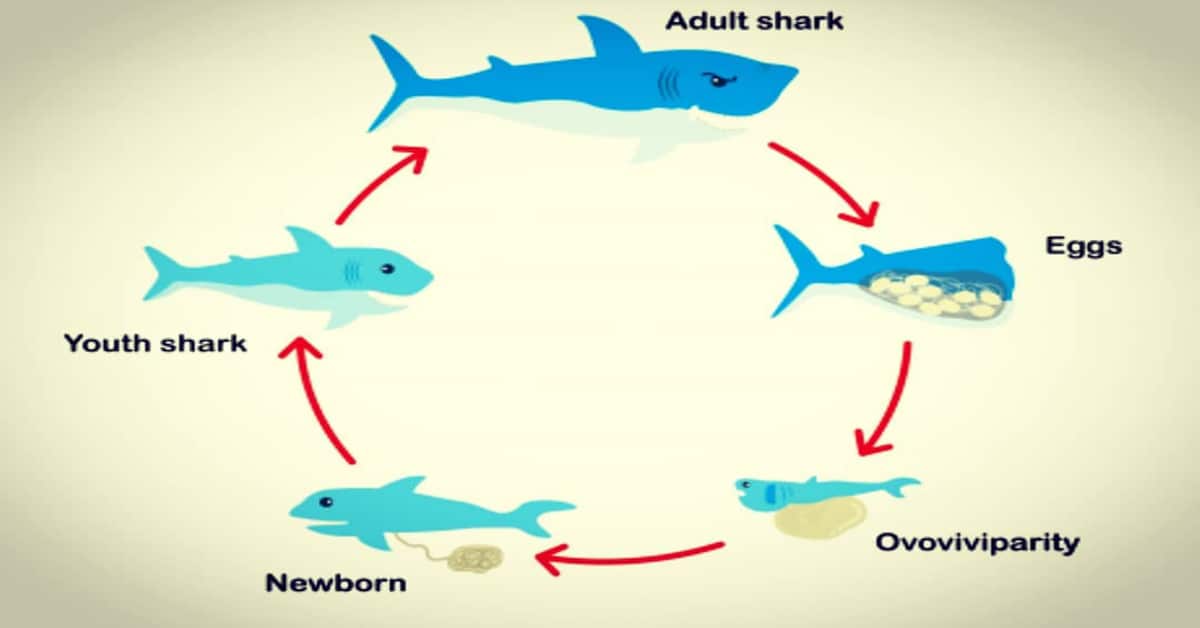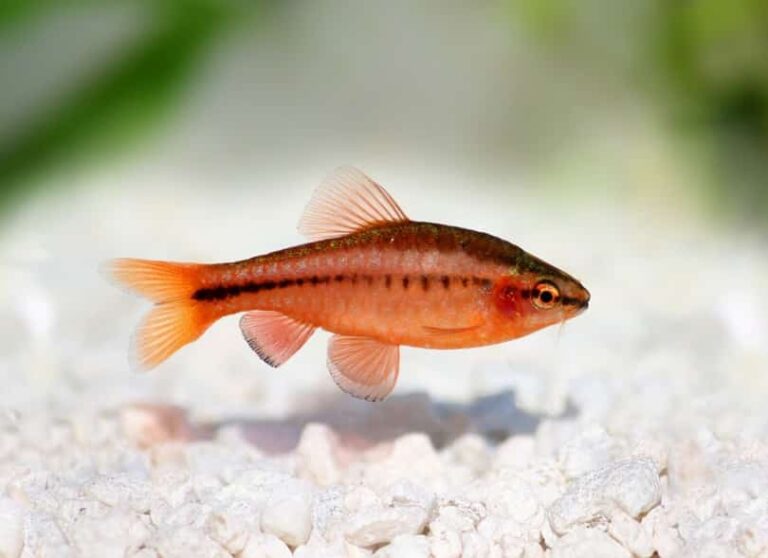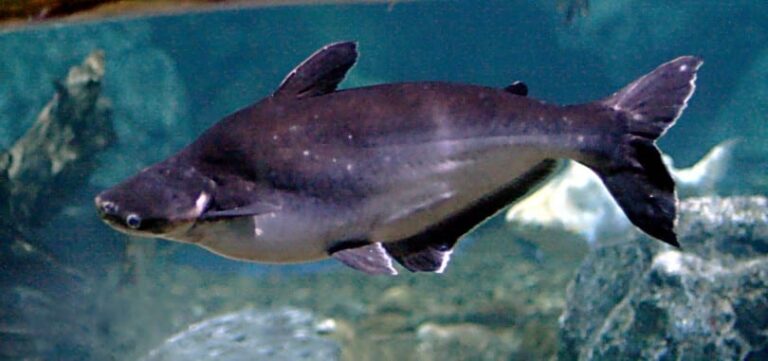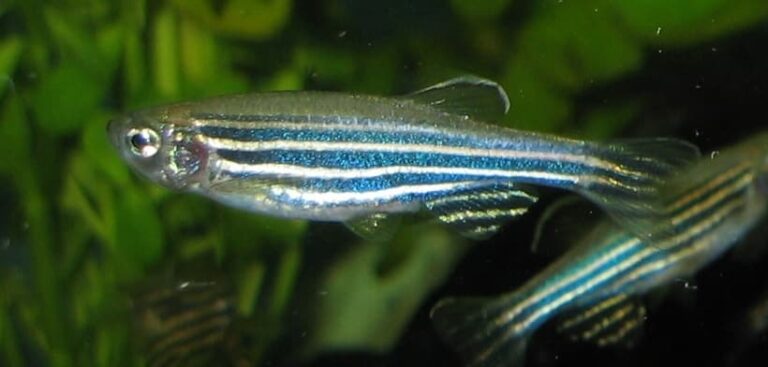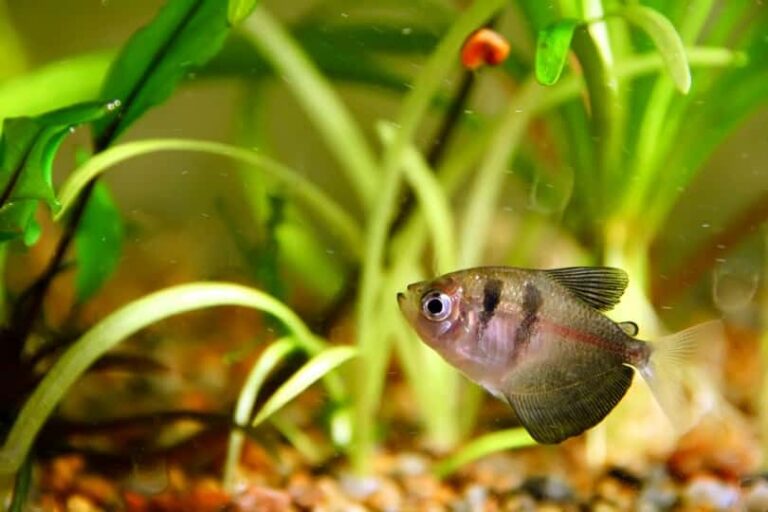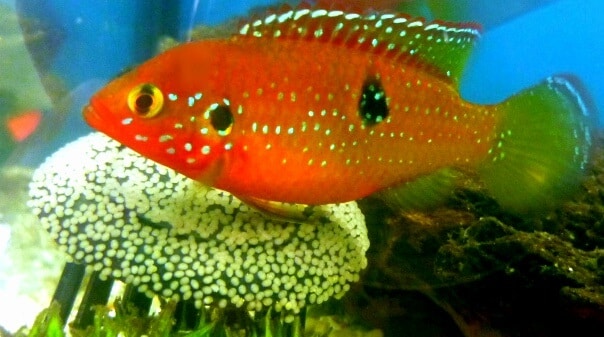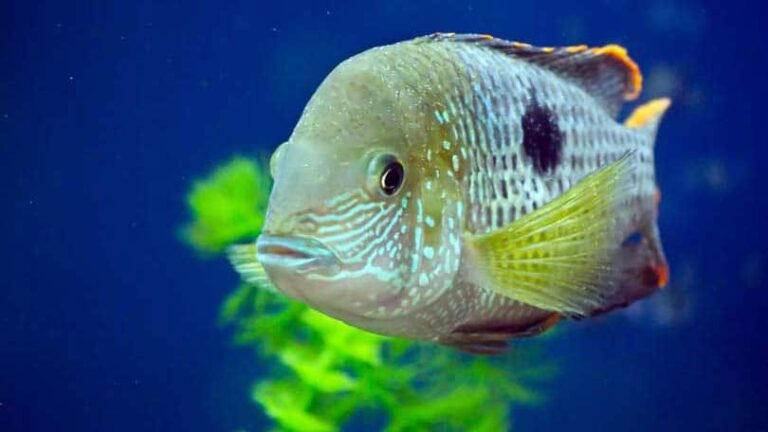Shark Life Cycle – Lengthy and Slow Development
Sharks have historically been the most ferocious and feared members of the ocean environment. It is believed that sharks have been around for more than 400 million years. So, it is natural to wonder about the shark life cycle. Sharks serve the earth by managing marine life numbers, despite the terrifying image that certain movies give them.
Because every species has its own unique predicted survival rate, it is exceedingly challenging to establish an average for the lifespan of sharks as a whole. Now, let’s explore the shark life cycle up close.
Mating Habits Of Sharks
Before actual exploration of the shark life cycle, let’s first briefly talk about the mating habits of those interesting creatures. Researchers claim that the actual fertilization process is rather complicated. To keep himself in position, the male chews into the female’s torso and fins. His clasper, which is located on the pelvic fin, is subsequently inserted into the female’s cloaca. This is no easy task in the frictionless ocean.
This may be the reason why certain shark species have evolved a different method of reproduction. All types of sharks, including bonnetheads, blacktips, zebra sharks, and hound sharks, are capable of parthenogenesis.
Parthenogenesis is a type of sexual reproduction in which an egg develops without male fertilization. The females of shark species that rely on fertilization will mate with multiple males to increase the likelihood that they will procreate. Sharks must ensure that every mating season is successful since they mature sexually relatively late in life, have long gestation periods, and only mate once every 2-3 years.
Stages of Shark Life Cycle
Sharks typically live for 20 to 30 years, although many don’t achieve sexual maturity until they’re 12 or 15. Adolescent sharks spend most of their time before that close to where they were born, only venturing out into deeper waters at night when the hunting is excellent. The shark life cycle consists of five stages: fertilization, gestation, birth, growth, and adulthood.

Fertilization and Gestation Period
Fertilization and the gestation period are considered to be the first and most important parts of the shark life cycle. Since most shark species have never been seen mating in the wild, little is known about the procedure. But we do know that there are two main ways that sharks reproduce. The majority of organisms reproduce sexually, but some are also capable of asexual reproduction.
Contrary to Osteichthyes fish species, which rely on spawning or external fertilization for sexual reproduction, they reproduce sexually through internal fertilization.
When a female shark reaches sexual maturity, she emits pheromones, which are chemical signals that inform any nearby males that she is available for mating. Additionally, after mating, the female has the option of using the sperm right away or storing it for a later time.
Omophagy of Sharks
If a female mates with more than one guy, the babies she bears will have different dads. While still in the mother’s body, the infant sharks have teeth that are used to kill other siblings in the belly. It’s thought that this ghastly behavior is intended to guarantee that only the strongest individuals survive.
The embryos begin devouring their mother’s unfertilized eggs after finishing their siblings. Many shark species, such as the thresher and the shortfin mako, engage in this habit known as oophagy.
Other viviparous sharks use an internal egg-laying method called aplacental viviparity. Before hatching within the female’s body, the embryo starts its existence there. The embryo must engage in cannibalism and omophagy in order to survive because there is no placenta. This habit is a very important part of the shark life cycle.
Only a few viviparous shark species exhibit omophagy. All shark species — around 70% of them, are viviparous, meaning they have live births. However, some people practice placental viviparity, a method of conception. The mother is connected to the embryo by a placenta, allowing the mother to give the pup all the nutrition it needs.
Some species, such as the zebra shark, epaulet shark, and swell shark, deposit their eggs outside the body, attaching them with tendrils to objects on the bottom to stop them from drifting away. The size and shape of the “mermaid’s purses,” which are used to lay these eggs, vary from species to species. The extended gestation cycle of a female shark can span anywhere from five months to, in the tragic case of the frilled shark, 3.5 years.
Newborn Shark
The next stage of the shark life cycle starts when they are born. Depending on the species, sharks may give birth to 2 to 100 pups in a single delivery. Once the babies are delivered, the moms seldom interact with them. As soon as the infants emerge, they hastily leave the nursery area and leave their newborns.
Shark pups come in a wide range of sizes upon birth. Pups born to the enormous whale shark, which may grow to a length of 40 feet as an adult, are only 16 to 24 inches long. On the other hand, when a great white pup first appears, it is already between 3.5 and 5 feet long.
At this stage of the shark life cycle, pups, or baby sharks, are born with a full set of teeth that have been used in gestation as well as intrinsic survival skills. Although the mother departs for deeper waters, the pups remain close to their birthplace for months or even years, taking advantage of the relative safety and plenty of food that the shallow waters have to offer.
Shakes with a scalloped hammerhead are born in shallow waters close to the coast and remain there until they are three years old. According to studies, they tend to stay near home during the day but will leave their “core region” or safety zone in the shadows. Similar to other shark species, lemon sharks spend many years refining their hunting techniques in the lagoon where they were born before venturing out into deeper seas.
Growth Of Newborn Shark
Sharks develop swiftly during their first few years of life, in the first periods of the shark life cycle. But after that, their growth slows down, and some species don’t reach maturity until they are 30 years old. According to studies, the whale shark initially grows at a pace of 20 to 30 cm per year, after which the female’s development rate decreases.
When a male whale shark reaches sexual maturity, it usually takes 30 years to grow to an average length of 25 feet. Females, on the other hand, do not attain sexual maturity until they are 50 years old when they are around 45 feet long. Although great white sharks spend a large portion of their development in utero, it still takes them years to develop to their full capacity.
Whale sharks and great whites both grow at around the same rate. Sharks like Deep Blue may grow to lengths of 20 feet or 6 meters thanks to a growth rate that slows but never ceases as they mature.
Other shark species, like the hammerhead, mature sexually earlier, with males capable of reproducing as early as age 6. Therefore, the shark life cycle is relatively faster in comparison to others. Again, the females develop more slowly and become somewhat larger. Only when a female scalloped hammerhead reaches 6 feet in length, roughly when she is 14 years old, does she attain sexual maturity.
Smaller species, such as the tiny dwarf lantern shark, are just 2.2 to 2.4 inches long at birth and only achieve sexual maturity when they are 6.3 to 6.9 inches long. They need four to five years to reach this size, indicating a growth rate of about one inch per year.
Adulthood
The last stage of the shark life cycle is adulthood. This is when the sharks are fully mature and have the ability to reproduce. Sharks do actually live very long. Although studies have shown that the Greenland shark may live for more than 500 years, most shark species, like the dwarf lantern shark, have a life expectancy of 20 to 30 years. The Greenland shark, a member of the family of sleeper sharks, is thought to be the longest-living vertebrate in the world.
Sharks hunt for food on their own for the majority of the time. They are capable of burst speeds of up to 43 miles per hour when they are hunting. They detect their target and utilize a burst of speed to bump it while biting it at the same time. Although they don’t sleep as humans do, they have been known to take odd naps. Sharks tend to sleep more, up to 10% of the time, during the colder months.
Bottom Line – Shark Life Cycle
The shark life cycle is lengthy and sluggish, starting with a protracted gestation stage and lasting up to several hundred years. Shark pups come in a wide range of sizes, but they almost all take many years to become sexually mature.
These species are at risk of going extinct due to their protracted reproductive cycles and extensive gestation periods. Several of them, like whale sharks, are already in danger.

Nato is a content writer and researcher with a background in psychology who’s eager to explore the wonders of nature. As a travel enthusiast and animal lover, she hopes to inspire others to discover and cherish the beauty and importance of the natural world.

